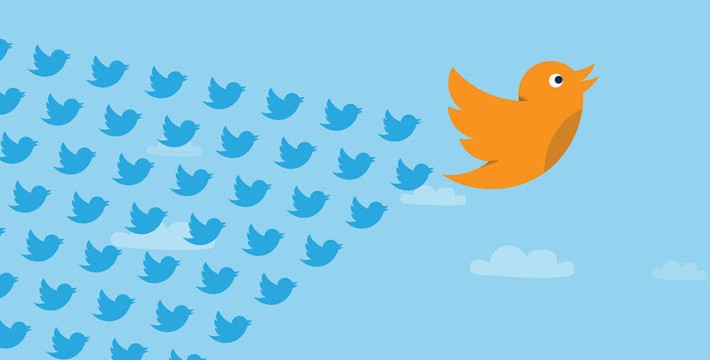Promoting and marketing your brand well is important because you need to make sure you attract interest. And it’s important that you come up with unique and original forms of marketing. You have to understand that it’s not all about digital. This is not the be all and end all. Yes, digital marketing is hugely important, and you can’t very well do without it, but don’t put all your eggs in that virtual basket.
Think about all the different formats of promoting your company effectively. You have to do as much as you can to create a big impression. Wowing people and making them take note of your company is so crucial. You have to stand out these days, and really make a great impression. Here are some of the great ideas you can use that will help you with that.
Tangible Marketing
It’s a good idea to have some form of tangible marketing. This is even more important these days because we live in such a digital world. So you need to provide people with something tangible that they can touch and feel. It makes them feel more comfortable and helps cement your brand in their mind. So, how can you do this? Well, you need to look at what is involved in tangible marketing. Two of the best examples of this are business cards and flyers. Let’s consider flyers, and whether they still have a place. Well, the short answer is yes. Handing someone a flyer with information is more likely to illicit a response, and stay in the memory, than flicking through an advert. If you decide to create a flyer for your business you can market to people offline as well as online. Business cards are similarly effective. They give a unique role and professional perspective. And they can increase sales by up to around 2.5%!
Go Mobile
The future these days lies in mobile technology. If your company isn’t scaled down for mobile use yet, you need to rectify this. So many people use mobile and cellular devices every day, and they will be using these to access your business. 80% of Internet users own and use a smartphone as their primary web surfing tool. That’s why it’s important to make sure your company embraces this, and you make full use of mobile marketing. Now, there are a few things you can do to achieve this. For one thing, you need to ensure that your website is mobile-friendly. It’s also worth developing a business app that users can download. That way you’re going to be able to connect and interact with users no matter where they are in the world. Going mobile is hugely important, and represents the future of business marketing.
Hashtag
You need to make your marketing suitable for modern Millennials. They represent the future of business and make up one of your most important demographics. Yes, all types of marketing are important here, but you need to connect with them on their wavelength. And what do Millennials love more than anything? Social media. That’s why you have to adopt and embrace the hashtag as much as you possibly can. It’s important to make sure you Tweet a lot about the business and that you make a hashtag a major part of the marketing strategy. It might surprise you to learn just how effective this can be for you as a business owner.
Making a big impression with your business marketing and advertising is so important. And that’s why you need to sometimes think outside the box with the things you say and do and the way you market yourself.





